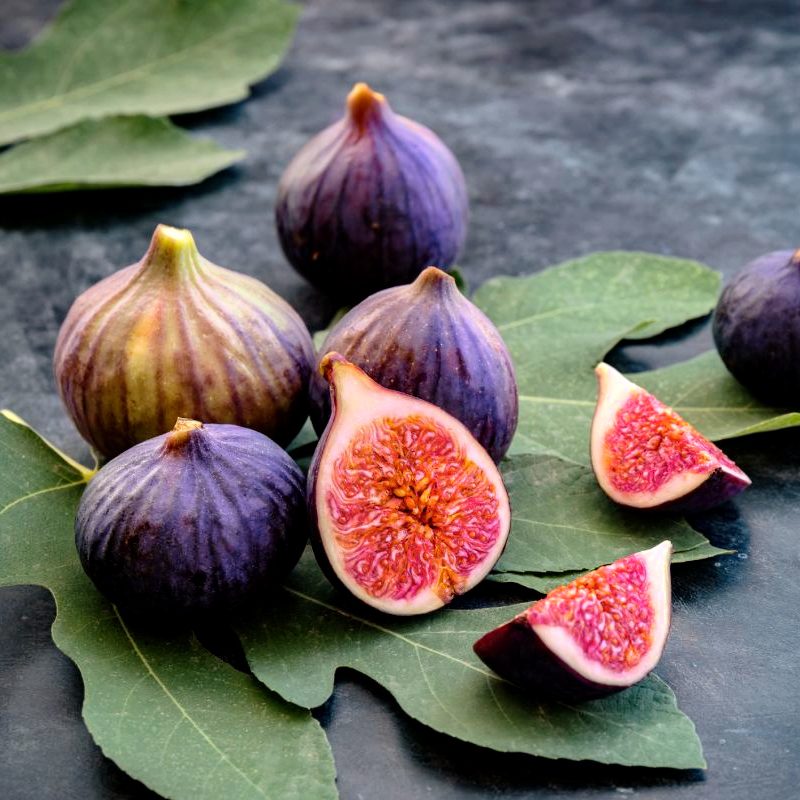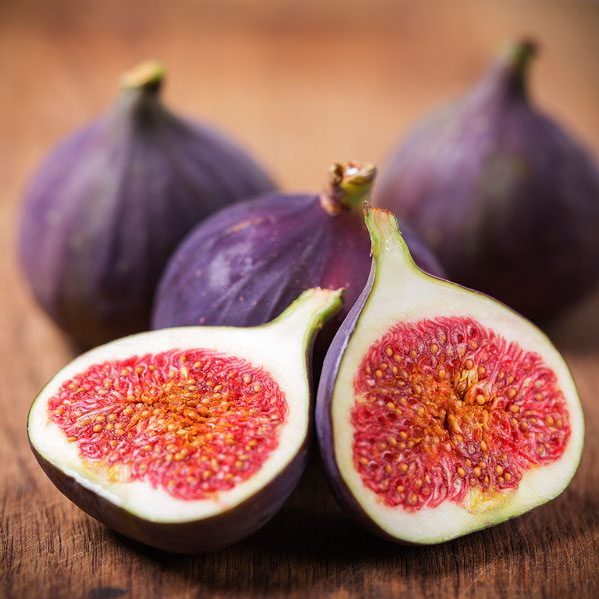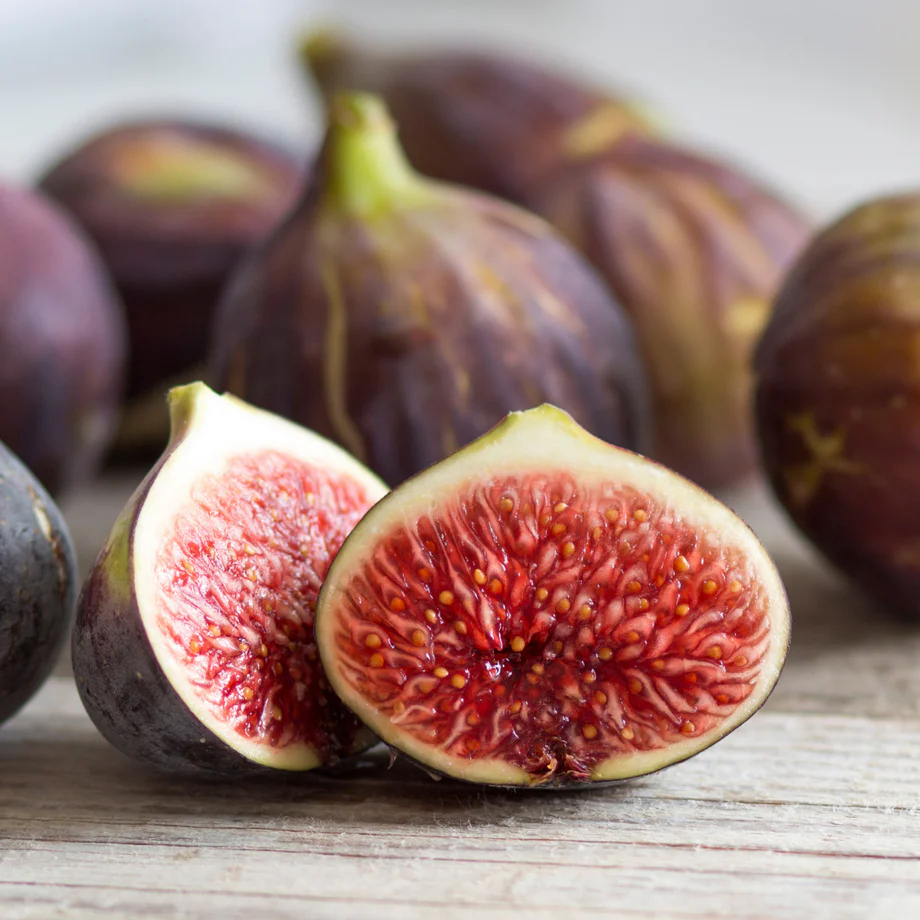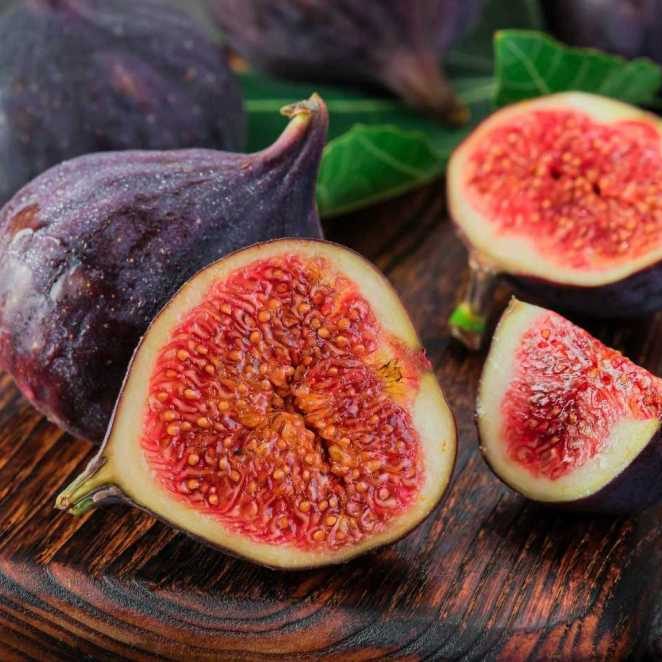How to eat a fig?
Figs, with their jewel-toned flesh and honeyed sweetness, are a truly unique and delicious fruit. But their unusual appearance and delicate texture can leave some wondering about the best way to enjoy them. This guide will walk you through everything you need to know about how to eat a figs, from selecting ripe specimens at the market to incorporating them into both simple and sophisticated dishes.
Selecting and Preparing Your Figs:
Choosing the Perfect Fig:
When choosing figs, look for plump fruits with smooth skin and a rich, deep color. They should be slightly soft to the touch, yielding gently to pressure. Avoid figs that are overly firm as this means they are underripe. Also avoid figs that are bruised, leaking juice, or have a sour smell, as these are signs of overripeness. Figs are highly perishable, so plan to enjoy them within a day or two of purchasing.
Simple Preparation:
Figs are incredibly easy to prepare. Begin by rinsing them gently under cool water and patting them dry with a clean towel. The stem can be easily removed by twisting or snipping it off. While the skin of the fig is edible and packed with nutrients, some prefer to remove it due to its texture. To peel a fig, simply score it around the stem and peel the skin back like a banana.

Enjoying Figs on their Own:
Savoring the Flavor:
how to eat a fig?
The simplest way to enjoy a fig is to eat it fresh. Simply cut the fig in half or into quarters and pop a piece into your mouth. Savor the fig’s natural sweetness and the delightful crunch of the seeds.
Pairing with Cheese and Nuts:
Figs pair beautifully with a variety of cheeses, especially creamy goat cheese, sharp cheddar, and salty blue cheese. Create a simple yet elegant snack or appetizer by serving fig slices alongside a cheese board with crackers or crusty bread. For an added layer of flavor and texture, include a selection of nuts like walnuts, pecans, or almonds.
Incorporating Figs into Sweet Treats:
Baking with Figs:
How to eat a fig? The natural sweetness and pleasingly chewy texture of figs make them a delightful addition to a variety of baked goods. Their ability to retain moisture during baking results in a wonderfully tender crumb and an added depth of flavor. For instance, try chopping fresh figs and folding them into muffin or quick bread batters for a burst of fruity sweetness in every bite. Their subtle earthy notes pair beautifully with warm spices like cinnamon and nutmeg, creating truly comforting treats.
Furthermore, roasted figs drizzled with honey and a sprinkle of warming spices like cinnamon and cardamom transform into a luxurious topping for yogurt, ice cream, or even a simple bowl of porridge. Their concentrated sweetness and soft texture elevate these everyday dishes into something truly special. And let’s not forget about tarts, pies, and crumbles! Figs can take center stage in these desserts, their natural sweetness shining through, or they can be paired with other fruits like tart apples or juicy pears for a more complex flavor profile.
Preserving Figs:
To enjoy figs year-round, consider preserving them. Figs can be easily dried at home in a low oven or dehydrator. Dried figs are a delicious snack on their own or can be chopped and added to granola bars, trail mixes, and energy bites. Figs can also be preserved as jam, chutney, or compote to enjoy throughout the year.

Enhancing Savory Dishes with Figs:
Figs in Salads:
How to eat a fig?Figs possess a unique ability to elevate simple salads into gourmet experiences. Their delicate sweetness acts as a counterpoint to the peppery bite of arugula or the earthy depth of spinach. Imagine thinly sliced, jewel-toned figs nestled amongst vibrant greens, their soft texture contrasting with crunchy toasted walnuts or pecans. A sprinkling of crumbled feta or goat cheese adds a welcome tang, while a drizzle of light vinaigrette, perhaps infused with honey and balsamic vinegar, ties all the flavors together in a refreshing and satisfying harmony.
For a heartier salad, roasted figs take center stage. Their caramelized edges and concentrated sweetness pair wonderfully with roasted root vegetables like sweet potatoes and beets, adding complexity to the earthy flavors. Try tossing them with quinoa or lentils for a protein-packed lunch, or combine them with roasted Brussels sprouts and pecans for a side dish that steals the show.
Figs with Meat and Poultry:
The affinity between figs and meat dates back centuries, and for good reason. The natural sweetness of figs provides a delightful contrast to the rich, savory flavors of meat, creating a beautifully balanced flavor profile. This pairing works wonders across various cooking methods and cuisines.
Imagine succulent figs wrapped in crispy bacon, baked until tender and caramelized – a simple yet irresistible appetizer that is sure to impress. When incorporated into sauces, chopped figs add depth and complexity to roasted or braised dishes. Their sweetness rounds out the gaminess of duck, the richness of pork, or the heartiness of lamb, resulting in a truly unforgettable culinary experience.
The boldness of game meats, such as venison and wild boar, also benefits from the addition of figs. The fig’s sweetness helps to tame the strong flavors, creating a harmonious balance that allows the unique taste of the meat to shine through.

Experimenting with Figs:
Exploring Different Varieties:
Venturing beyond the familiar grocery store staples opens up a world of exciting possibilities when it comes to figs. Indeed, exploring the diverse array of fig varieties is an adventure in flavor itself. Each type possesses unique characteristics that can dramatically influence your culinary creations. For instance, the Black Mission fig, cloaked in a deep purple skin, reveals a luscious, jammy interior with an intense sweetness. This variety lends itself beautifully to both sweet and savory applications, adding a luxurious touch to desserts and richness to meat dishes.
On the other hand, Brown Turkey figs, smaller in size and adorned with lighter hues, offer a more delicate sweetness. Their tender texture and approachable flavor make them perfect for snacking, incorporating into salads, or adding a touch of sweetness to baked goods. And then there’s the majestic Calimyrna fig, easily recognizable by its large size and green skin. This variety boasts a mild, nutty flavor that pairs well with cheeseboards, salads, or even as a simple topping for yogurt or oatmeal.
Get Creative in the Kitchen:
With such a versatile ingredient at your fingertips, don’t be afraid to let your culinary imagination run wild! Figs are remarkably adaptable, seamlessly transitioning between sweet and savory dishes. Embrace this versatility and allow yourself to experiment with unconventional flavor combinations.
Firstly, consider incorporating figs into your next cheeseboard. Their natural sweetness provides a delightful contrast to the sharp tang of aged cheddar or the creamy richness of brie. Alternatively, toss them into a salad with peppery arugula, crunchy walnuts, and a tangy balsamic vinaigrette for a refreshing and satisfying meal. Feeling adventurous? Incorporate chopped figs into your favorite savory dish. Their subtle sweetness can add depth and complexity to stews, tagines, or even hearty pasta sauces. The possibilities are truly endless – so go ahead, embrace the fig and discover a world of culinary delights!
Figs offer a world of culinary possibilities. By following these tips, you can confidently select, prepare, and enjoy figs in countless delicious ways.


